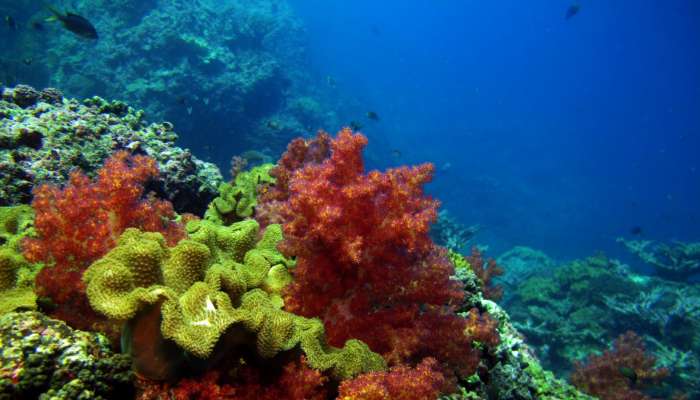
Muscat: The Sultanate of Oman is working to achieve integrated environmental, economic, and tourism goals by investing in its 30 natural reserves, which span approximately 15,000 square kilometres. These reserves cover 17% of the country's terrestrial area and 10% of its marine territory.
Oman places great emphasis on preserving these natural reserves, promoting ecotourism, and encouraging researchers and students to study these areas.
This enables them to examine ecological systems and natural processes, raising awareness about biodiversity conservation while supporting investment projects and leveraging unique opportunities.
Represented by the Environment Authority and in collaboration with relevant stakeholders, Oman is committed to safeguarding biodiversity and creating investment opportunities within these reserves due to their environmental and tourism significance.
A comprehensive management plan has been developed to ensure biodiversity protection and meet the reserves' needs through partnerships with relevant entities and civil society.
Investment in ecotourism within Oman's natural reserves strengthens the national economy, bolsters local communities, and aligns with the strategic vision for a sustainable green economy.
Additionally, it generates employment opportunities in surrounding areas, thanks to the reserves' natural and geological attractions that draw visitors.
Royal decrees have further prioritised the protection of endangered wildlife and plant species, preserving their ecosystems and diverse terrains. These reserves—both terrestrial and marine—contribute to ecological balance and safeguard natural landmarks.
The Environment Authority is intensifying efforts to protect these reserves by implementing strict environmental regulations to prevent harm to biodiversity and natural resources. It also promotes tourism and economic activities that diversify income sources and support development programs for these protected areas.
In this context, the Authority has signed nine contracts for eco-investment projects across seven natural reserves, with a total value exceeding OMR44 million. These projects aim to enhance sustainable development, protect ecosystems, promote ecotourism and environmental education, increase revenue streams, and ensure the sustainability of natural resources.
The agreements cover the development, operation, and management of several reserves, including Ras Al Shajar, Turtle Reserve, Arabian Oryx Sanctuary, Wetlands Reserve, and Jabal Samhan's Lejashlyon site, among others. Projects also feature the establishment of an eco-resort and a star-gazing park in the Al Jabal Al Akhdar Starlight Reserve.
In partnership with the private sector, the Environment Authority has invested in nine ecotourism projects across Muscat, South Al Sharqiyah, Al Wusta, Al Dakhiliyah, and Dhofar governorates.
These include eco-friendly lodging facilities built to advanced environmental standards, along with the comprehensive development and management of natural reserves.
The initiatives feature eco-resorts, star-gazing parks, eco-lodges, sustainable campsites, visitor centers, interactive exhibits, restaurants, observation trails, safari tours, and adventure tourism in protected areas, including an open-sea turtle lagoon.
These projects will deliver richer tourism experiences that balance environmental conservation with sustainable economic growth, aligning with Oman Vision 2040. They follow an integrated model for developing tourist destinations that prioritizes natural resource preservation and value-added offerings.
Community involvement is a key aspect, with locals participating in development, operation, and management—particularly through direct employment opportunities. Small and medium enterprises (SMEs) are also engaged in these initiatives.
This ecotourism investment is part of broader efforts to achieve integrated environmental, economic, social, and tourism objectives. It reinforces Oman's commitment to sustainable tourism by offering eco-conscious travel experiences with cultural relevance, in line with sustainable development goals.